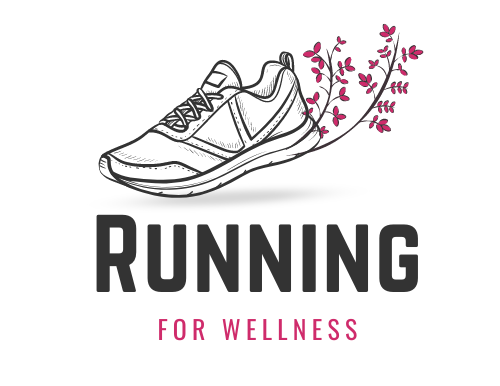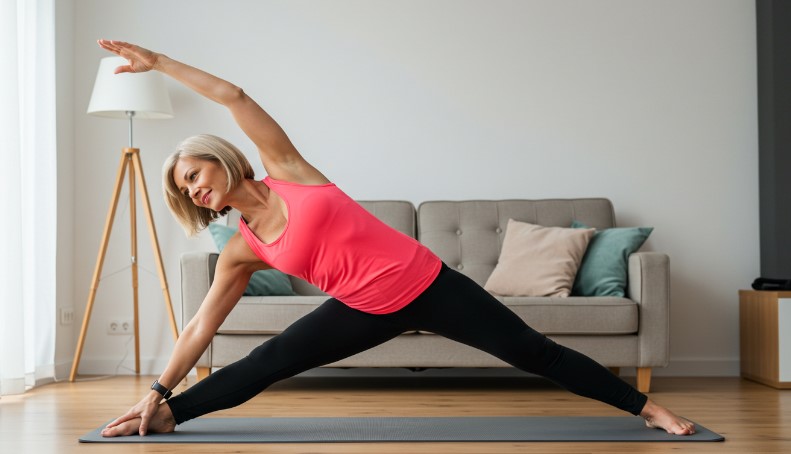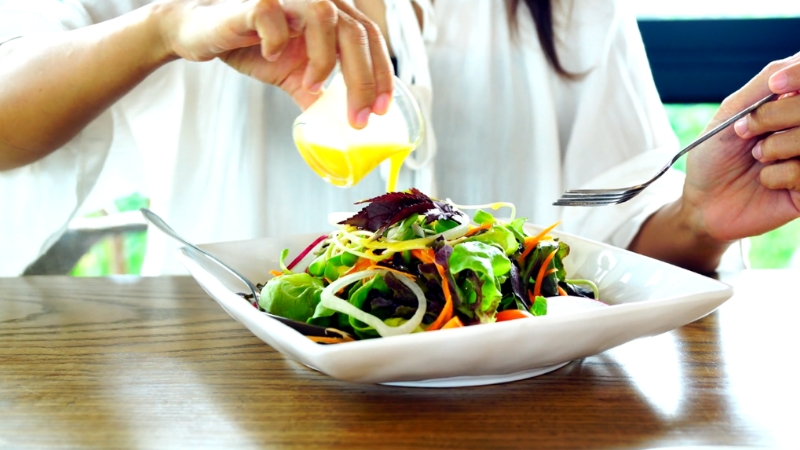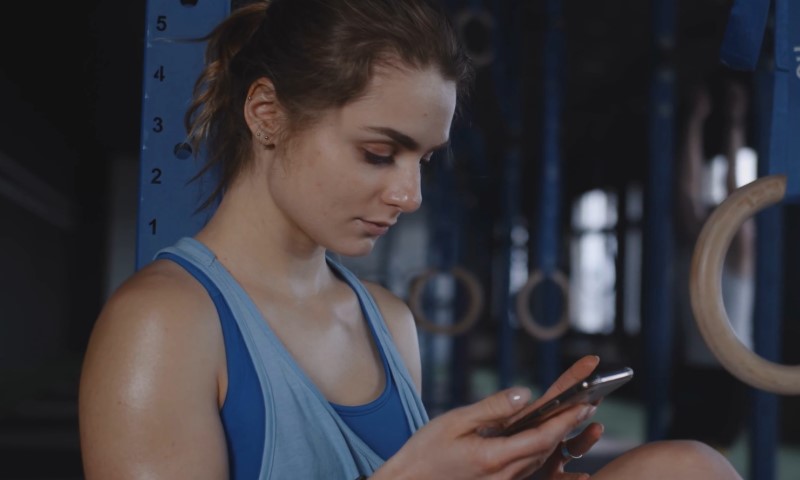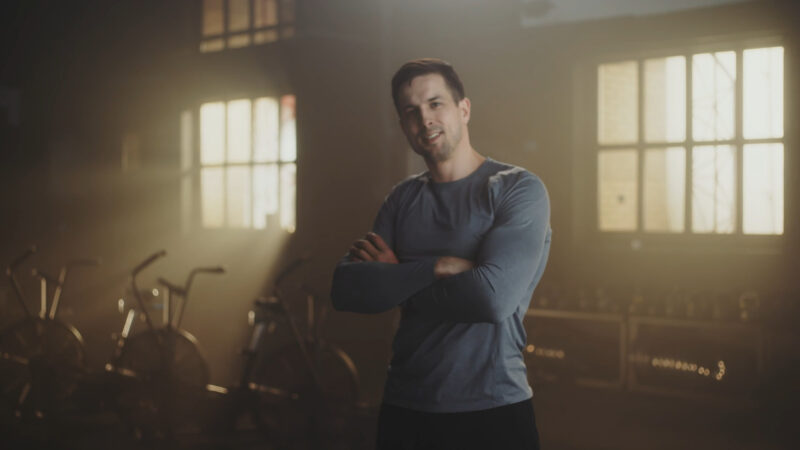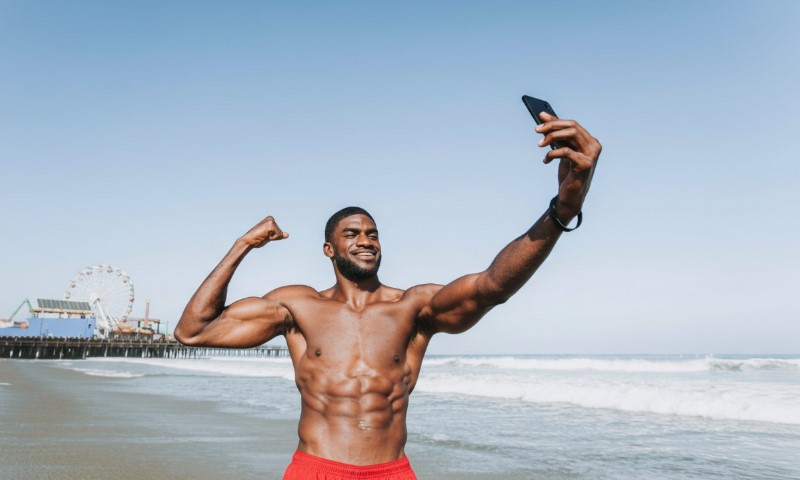Muscle loss often begins creeping in during midlife, particularly after age 40. Women may notice a drop in strength, energy, and physical endurance.
These changes are more than cosmetic, they can influence independence, mobility, and long-term health.
As estrogen levels decline with age, maintaining muscle mass becomes more difficult. Estrogen helps regulate muscle recovery and protein synthesis.
That’s why lifestyle adjustments, exercise routines, and hormonal support are crucial after 40.
1. Straight Arm Pull-Back with Resistance Band
- Target Muscle Groups: Lower trapezius, triceps, and forearms
Building a strong upper back is key to maintaining posture and preventing the forward hunch that often comes with age. This exercise targets muscles that stabilize the shoulder blades and arms.
Attach a resistance band to a doorknob or wall anchor at chest level. Stand facing the anchor. Hold both ends of the band with arms extended straight forward, palms down.
Without bending elbows, pull your arms straight back until your hands are in line with your torso. Pause briefly, then return to the start position with control.
Keep shoulders relaxed and down. Avoid shrugging. Keep a slight bend in your knees and engage your core for better support and stability.
For beginners, choose a lighter resistance band or perform the movement seated with feet firmly planted.
- Frequency: 2–3 sets of 10–15 repetitions, performed 3 times per week.
Strengthens postural muscles, reduces tension in the upper neck and shoulders, and helps maintain upright carriage. A great addition for anyone spending long hours sitting or looking down at screens.
2. Oblique Twist and Lift

- Target Muscle Groups: Obliques, rhomboids, and serratus anterior
Rotational strength and flexibility are often neglected but critical for daily activities like reaching, turning, or stabilizing during movement.
Stand or sit upright holding a light weight, dumbbell, or medicine ball at chest level. Begin by rotating your torso to one side while lifting the weight diagonally across your body, ending above shoulder height. Return to center, then switch sides.
Move with control. Keep hips squared forward and twist only at the torso. Engage your abdominal muscles and avoid using momentum.
Perform without added weight to build proper movement patterns. Reduce range of motion to suit flexibility.
- Frequency: 2 sets of 10–12 reps on each side, 3–4 times weekly.
Improves balance and stability. Reinforces coordination across upper and lower body, supporting everyday twisting movements like reaching for seatbelts or loading washing machines.
3. Partial Forward Lift (Using Backpack or Sandbag)
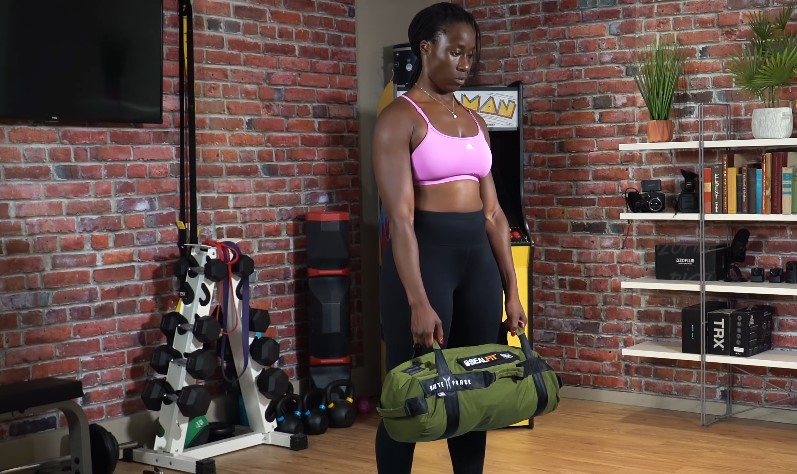
- Target Muscle Groups: Quadriceps, glutes, shoulders, arms, and lower back
Functional lifting ability becomes more important with age. This lift mimics real-world scenarios like lifting grocery bags, toddlers, or garden tools.
Stand with feet hip-width apart. Hold a loaded backpack or sandbag with both hands at hip level. Slowly lift it forward and slightly upward, stopping at chest level, then lower it with control.
Keep chest tall, back straight, and knees soft. Engage your glutes and drive power from your legs rather than your back.
Use lighter weight or reduce the lift height to accommodate shoulder or back limitations.
- Frequency: 2–3 sets of 8–10 repetitions, twice weekly.
Builds total-body strength. Reinforces safe lifting mechanics and trains endurance for household chores or carrying objects.
4. Heel Raises (on ToePro or Floor)
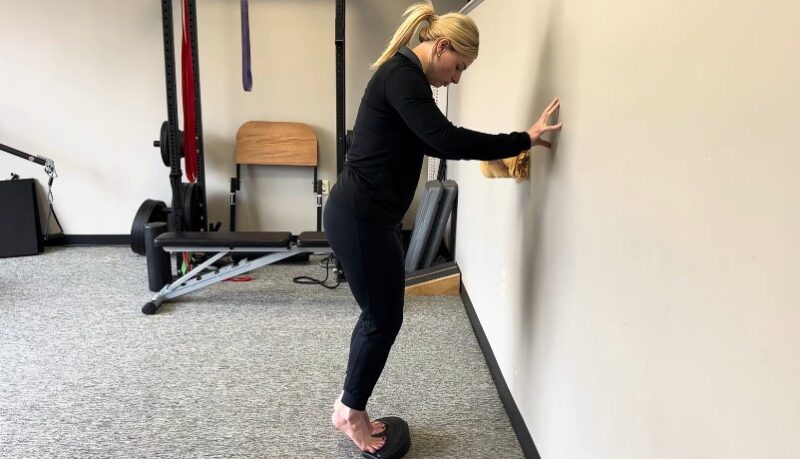
- Target Muscle Groups: Calves, toe flexors, and small stabilizers in the foot
Ankle and foot strength are often overlooked yet vital for balance and safe walking.
Stand upright near a wall or counter. Rise up onto the balls of your feet, lifting heels as high as possible. Pause briefly, then slowly lower.
Move in a straight line—avoid rocking side to side. Keep posture tall and avoid locking knees.
Perform seated for stability or if balance is compromised. Use a towel roll under toes for a slight incline.
- Frequency: 3 sets of 15–20 reps, 4 days per week.
Strengthens foot muscles, which directly supports balance and reduces fall risk. Boosts walking efficiency and ankle control.
5. Lateral Step-Ups with Weights
- Target Muscle Groups: Inner quadriceps and hip stabilizers
Side-to-side movements are key for hip stability and reducing risk of knee injuries. This exercise reinforces lateral control and strengthens legs without harsh impact on joints.
Stand beside a sturdy step or low bench. Hold a light dumbbell in each hand. Step one foot onto the bench, pushing through the heel to lift your body. Step down with control and repeat on the opposite side.
Keep the knee aligned with your toes. Use bodyweight only or reduce step height.
- Frequency: 2–3 sets of 8–12 reps per leg, 2–3 times weekly.
Targets smaller stabilizing muscles in the hips and knees. Improves side-to-side movement ability and reduces instability when changing directions during daily activities.
6. Push-Ups (Wall, Inclined, or Standard)
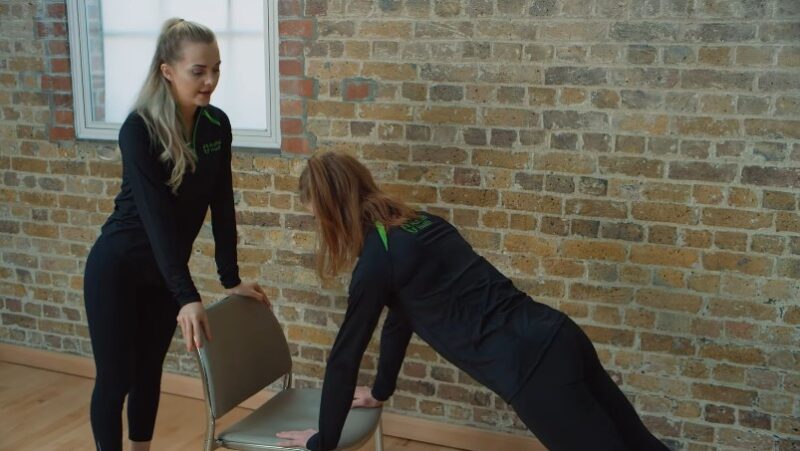
- Target Muscle Groups: Chest, shoulders, triceps, and core
Push-ups are one of the most accessible and effective bodyweight exercises for upper body strength.
Start with hands on a wall, bench, or floor, depending on strength level. Lower the body by bending elbows until chest nears the surface, then push back up.
Maintain a straight line from head to heel. Don’t let hips sag or lift.
Wall push-ups are ideal for beginners. Incline push-ups (hands on a table or bench) offer moderate intensity. Standard push-ups can be done from knees or toes.
- Frequency: 2 sets of 10–15 reps, 3 days per week.
Improves pushing strength used in daily activities like closing car doors, getting off the floor, or lifting objects overhead.
7. Squats or Chair Sit-to-Stands
- Target Muscle Groups: Glutes, quadriceps, and hamstrings
One of the most functional movements a woman can train after 40 is the ability to stand up independently. Squats simulate this vital skill.
Position a chair behind you. Sit down slowly, then stand up without using arms for support. Control both the downward and upward motion.
Keep knees behind toes. Push through heels, not toes. Keep chest lifted and core braced.
Use a higher seat to reduce depth. Hold onto a stable surface if balance is an issue.
- Frequency: 3 sets of 10–12 reps daily or every other day.
Reinforces critical life skills like standing, climbing stairs, or getting in and out of vehicles. Builds foundational lower body strength that carries over into nearly every movement.
The Role of Estrogen Therapy
A drop in estrogen levels after menopause contributes to muscle loss, slower recovery, and decreased energy.
Estrogen therapy (ET) may support muscle regeneration, reduce inflammation, and enhance bone density, especially when paired with consistent physical training.
Estrogen cream, a topical form of ET, can offer localized hormone support and may be a gentler alternative for some women. It’s often used to supplement broader hormone therapy plans aimed at improving energy levels and workout results.
However, ET is not a magic fix. Its benefits are most effective when integrated with resistance training and a nutrient-rich diet.
Estrogen therapy, including creams, should only be used under medical supervision.
A healthcare provider will review your health history, symptoms, and potential risk factors to determine if it’s appropriate. Regular check-ins are essential to monitor progress and ensure safety.
The Bottom Line
Muscle strength doesn’t vanish overnight, and it doesn’t have to vanish at all. Consistency beats intensity when it comes to preserving strength and function.
With smart training, protein-focused meals, and hormonal support when appropriate, women over 40 can feel strong, capable, and independent for decades.
Progress starts with one step, one squat, or one heel raise. Make each rep count and get professional guidance for personalized support.
Related Posts:
- Lower Back Pain While Running? Here's What You Need to Know
- How To Recover From Muscle Inflammation Without Medication
- How Can You Start a Career as a Running Coach?
- How Long Does It Take to Train for a Half Marathon?
- Should You Run on an Empty Stomach? Pros and Cons Explained
- How to Improve Flexibility and Avoid Muscle…
